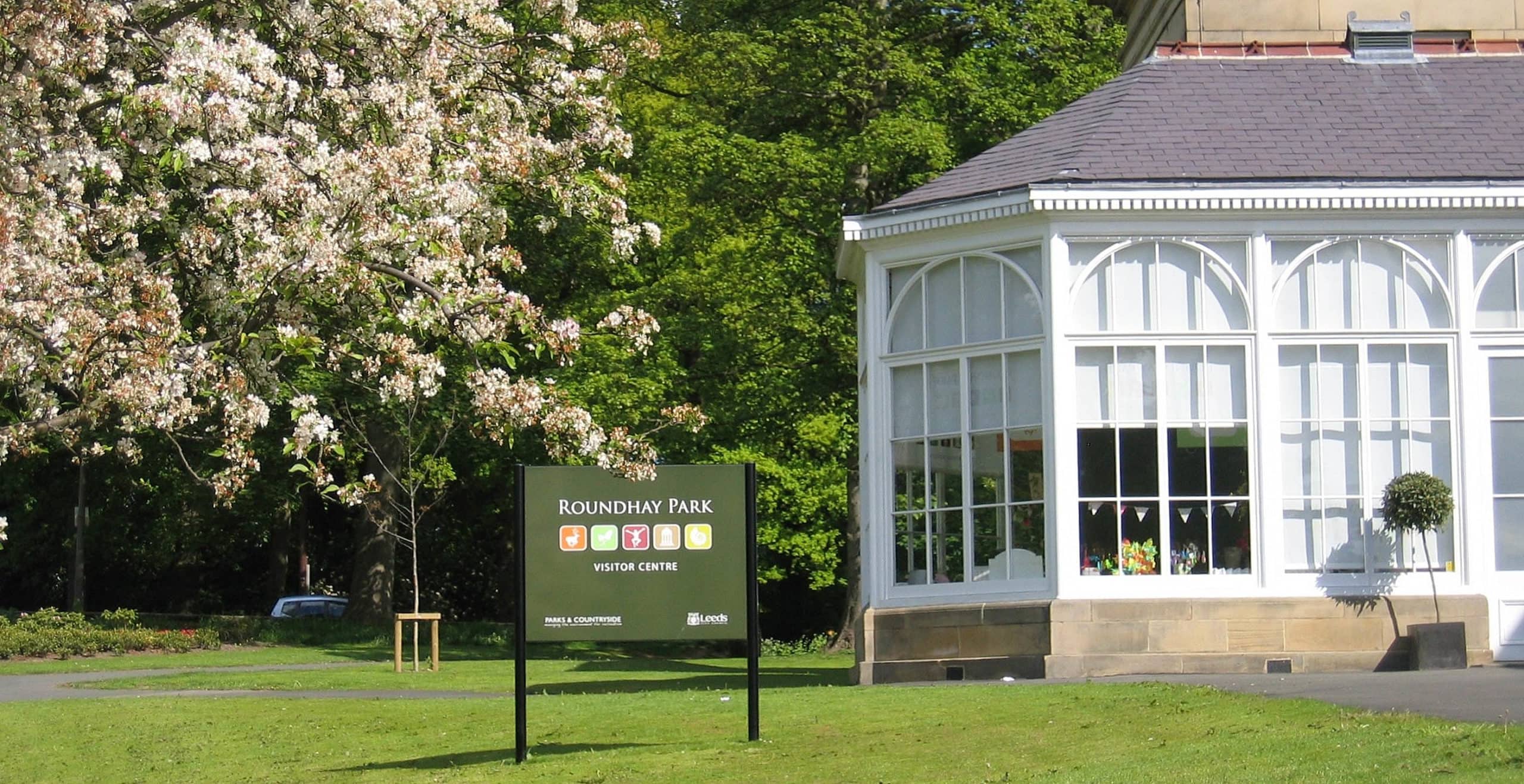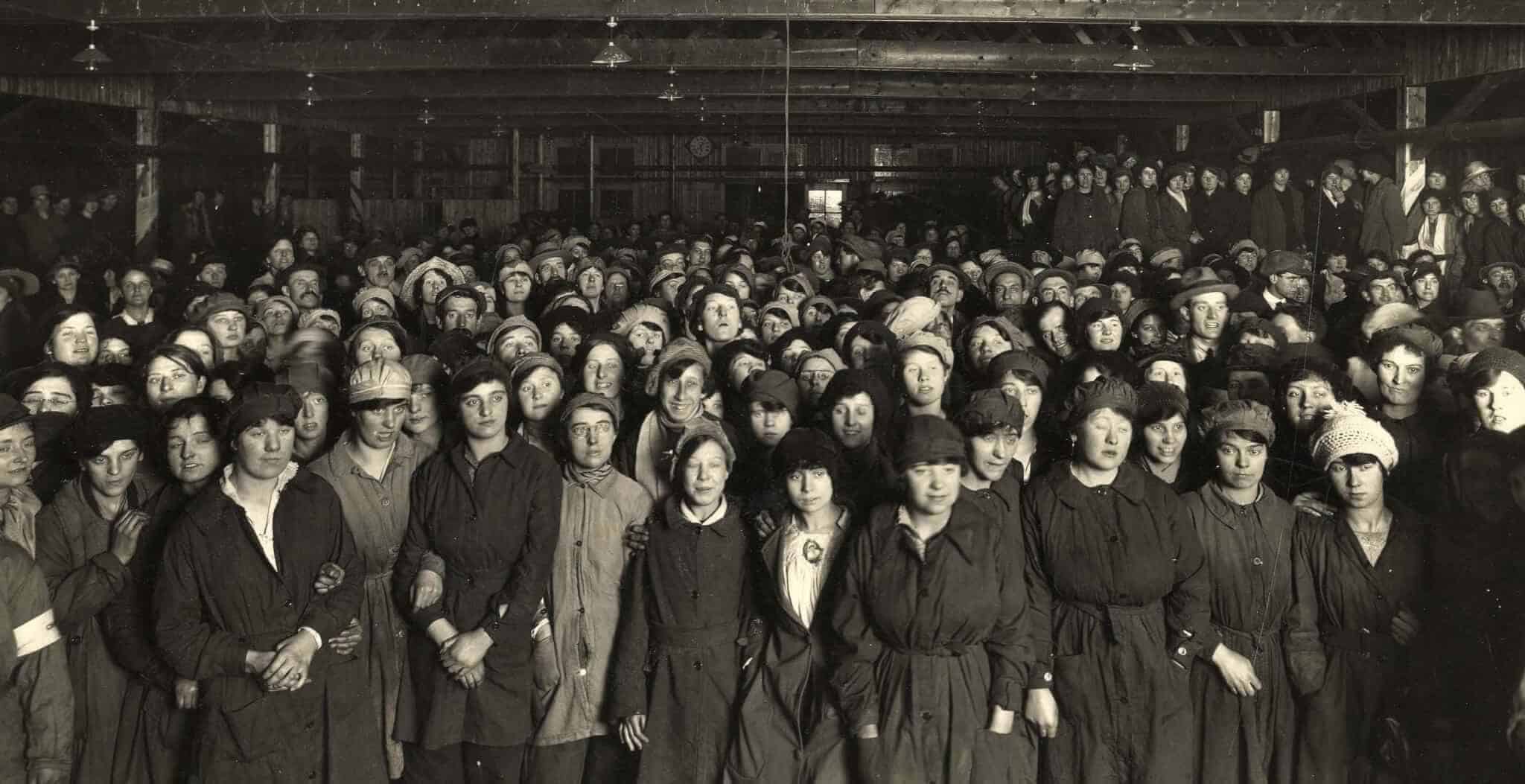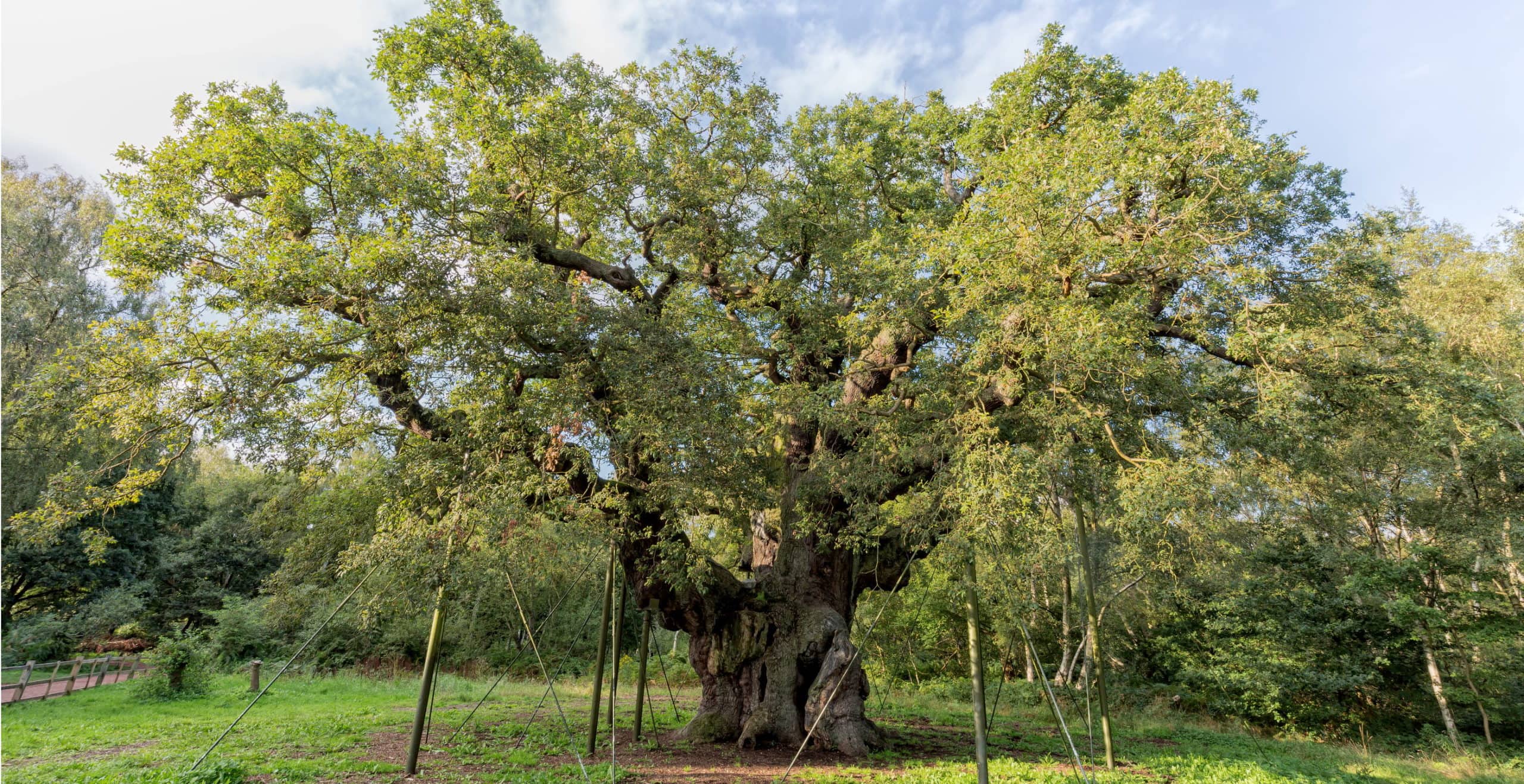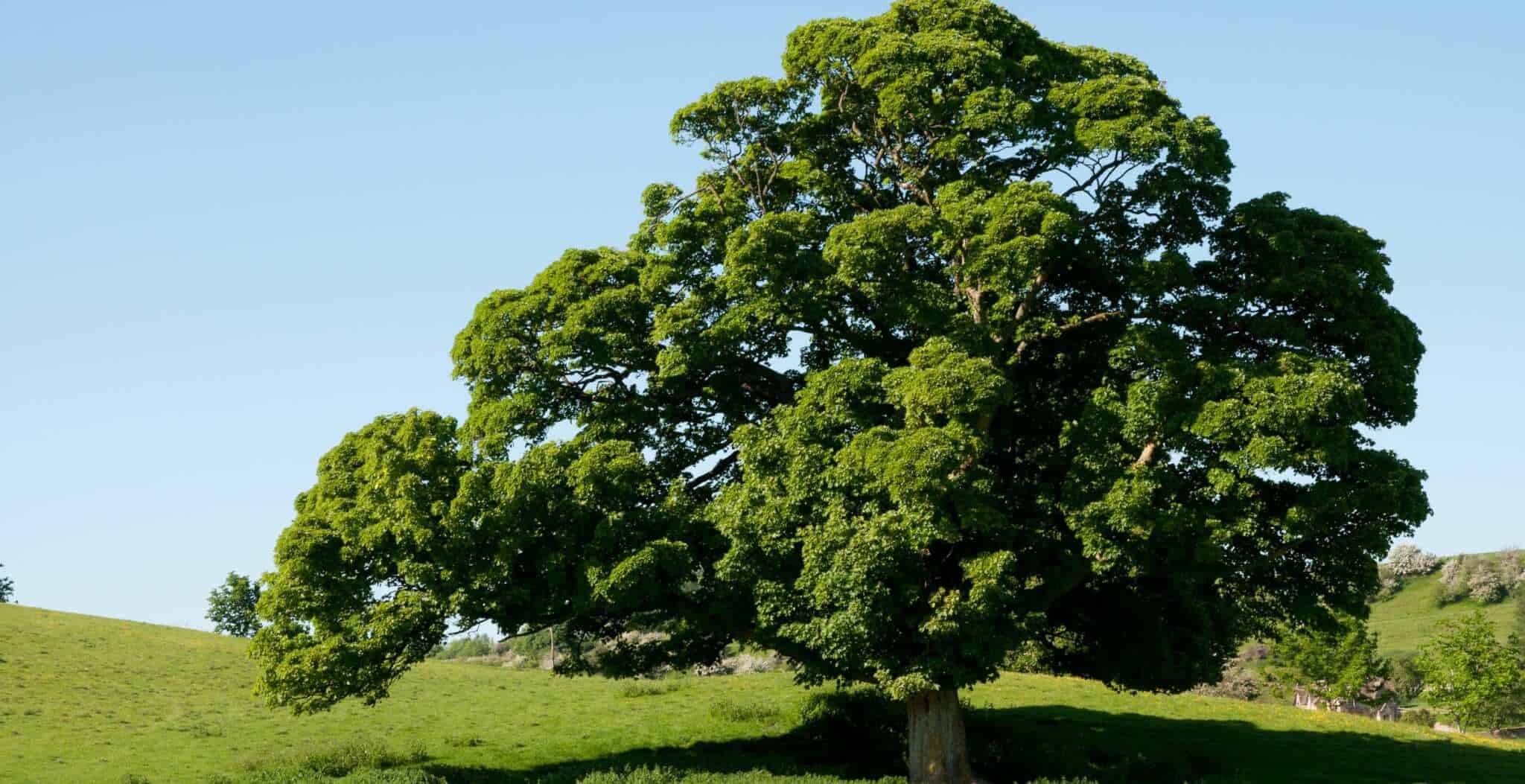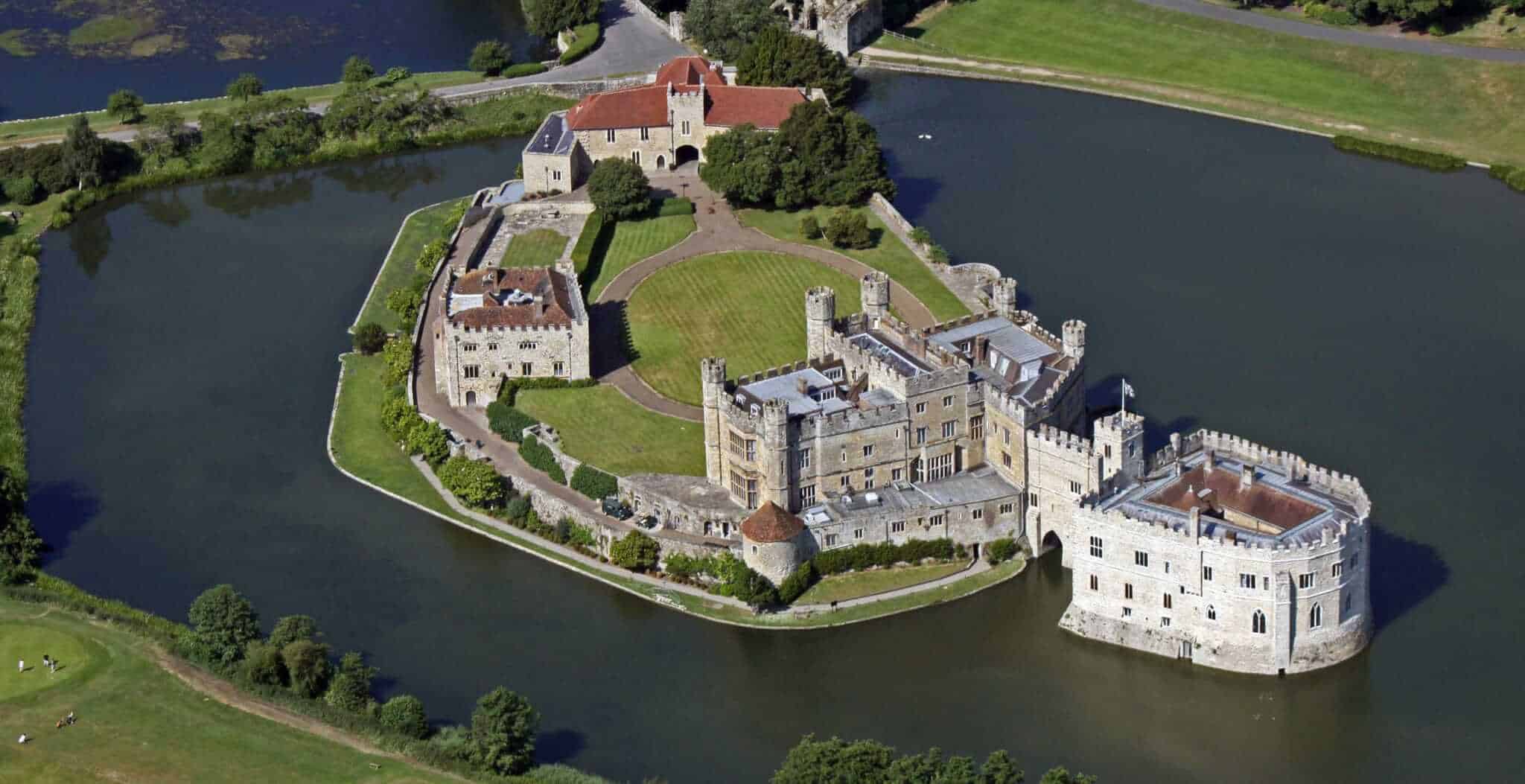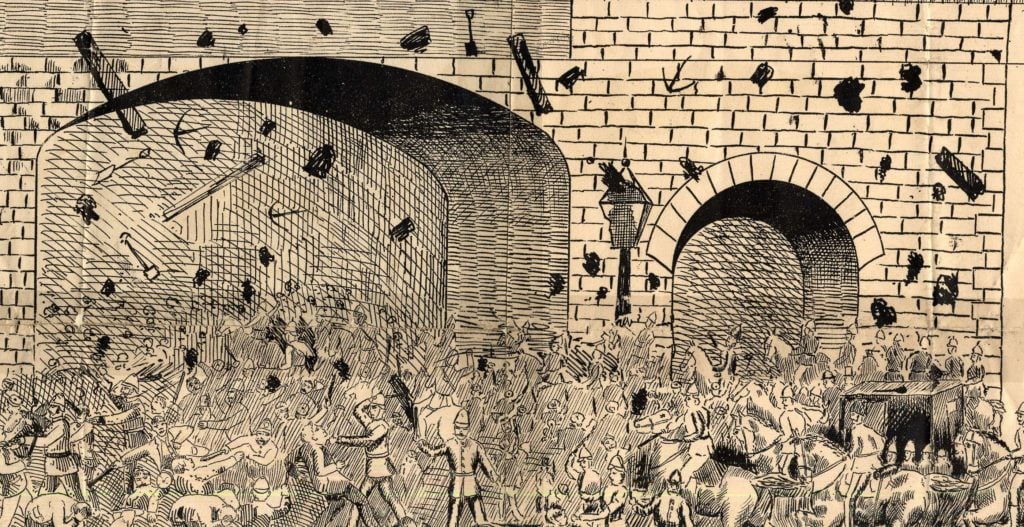ONE of the most beautiful places to visit in Leeds, and even West Yorkshire, is Roundhay Park. With 700 acres of rolling hills, woodland and grassland, the park also features two lakes and is one of the largest urban parks in Europe, after Richmond Park in London, Phoenix Park in Dublin and Silesian Culture and Recreation Park in Chorzow, Poland. Originally a hunting ground of the monarchs of England, it later became a pleasure park for the public to visit.
Its history goes back to the time of the Norman Conquest when William the Conqueror was rewarding his stalwart supporters with grand gifts. Ilbert de Lacy, a Norman baron, was granted land in the area we now call Roundhay. Hunting deer was a favourite activity of the king and his favoured followers. William established many hunting grounds throughout his new domain and Roundhay was one of them.
Peasants were used to dig an enclosure to surround the park, removing around a quarter of a million tons of earth in the process. In fact, the name Roundhay means round enclosure. The first historical mention of Roundhay dates back to 1153 when Henry de Lacy, grandson of Ilbert, confirms a grant of land next to Roundhay to the monks of the nearby Kirkstall Abbey. Henry founded the Abbey in 1152 after vowing to dedicate an abbey to the Virgin Mary should he survive a serious illness.
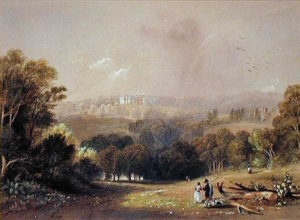
Deer hunting was a popular pastime of kings and their retinues until the early 16th century. King John enjoyed a costly three-day hunt in 1212 with a pack of 200 hunting dogs. Eventually, the deer and other game were overhunted and killed off. John Darcy was granted the right in 1599 to kill all the remaining deer. A period of deforestation also contributed to the decline of the deer population.
From the early days of 1160, the monks of Kirkstall Abbey were granted rights to mine iron from the park. This adversely impacted the appearance of the land, particularly in the southern part. Even after the Dissolution of the Monasteries, the natural resources of the park were exploited. Coal was mined until 1628 when there was no more to extract.
Ownership of the Park left royal hands when Charles I passed it on to the Corporation of London to help deal with his own financial difficulties. In 1797, Charles Philip, the 17th Baron of Stourton offered the park for sale to the public.
It was not until 1803 that a sale became possible. Two rich Quaker businessmen, both Leeds-born, bought the 1,300 acre park. They were Samuel Elam and Thomas Nicholson. They divided the estate between them. Elam took the southern 600 acres of the land to develop into a desirable residential area. The area is still a select area to live.
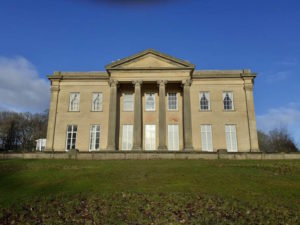 The Mansion. Photo by Grant Davies.
The Mansion. Photo by Grant Davies.
Nicholson held the northern 700 acres to develop into a place of beauty. He had his home, called The Mansion, constructed in Greek revival style, dating from around 1812. It had 17 bedrooms and a desirable view of the park.
To add to the beauty of the land, Nicholson commissioned the construction of a lake using veteran soldiers from the Battle of Waterloo. Hence, the lake is called ‘Waterloo Lake’. It was a very effective way to cover some of the disfigured land. Today, this supports a variety of water birds, including the mute swan, Canada goose, black-headed gull, moorhen, coot and the occasional grey heron.
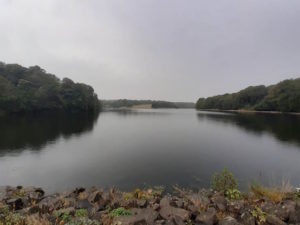 Waterloo Lake. Photo by Grant Davies
Waterloo Lake. Photo by Grant Davies
Nicholson created a second lake, known as Upper Lake, nearer to the Mansion. It is not as big as Waterloo Lake but still adds to the beauty of the park and is now a nature conservation area. A castle folly was also built for relaxation and contemplation. Today, it is a pleasant place to relax overlooking a field leading down to Waterloo Lake.
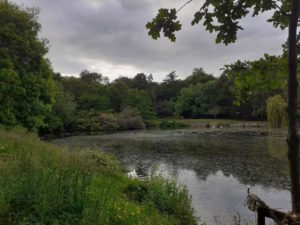 Upper Lake. Photo by Grant Davies
Upper Lake. Photo by Grant Davies
A stream near the Mansion fed a small rectangular pond in the nearby Canal Garden. Adjacent to this was the walled kitchen garden which became the site of the present day Tropical World.
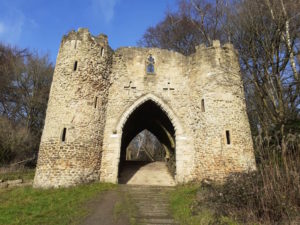 Castle Folly. Photo by Grant Davies
Castle Folly. Photo by Grant Davies
A family dispute led to the sale of the park to the Leeds Corporation in 1872. Sir John Barran, mayor of Leeds, secured the purchase. He invited Prince Arthur, son of Queen Victoria, to come to Leeds and open the park to the public. Thus, on 19 September 1872 the Park officially became a public park.
Since then, the Park has attracted many thousands of visitors. It has also been the venue for large music concerts for big names such as Bruce Springsteen, Michael Jackson, Madonna, Robbie Williams, Ed Sheeran and more.
The World Triathlon is held annually at Roundhay Park. There are also annual food festivals, fun fairs, circuses and other festive events.
Across the main road named in honour of Prince Arthur, Princes Avenue, Tropical World is a major tourist attraction for Leeds – an indoor zoo famous for its meerkats with separate rooms for jungle, desert and nocturnal environments.
Roundhay Park started as a hunting ground for royalty. Now it has become a major attraction in Leeds, a place of beauty and entertaining events. If you visit, remember its place in history – once for kings and now for the general public.
Grant Davies is a freelance writer with an interest in history and astronomy.
Published: 31st January 2023
